What an amazing Halloween afternoon!
Nearly 20 kids (and their families) joined us for a fun-filled day of pumpkin picking, carving, and Halloween games.
At 3 pm, families ventured into the “spooky garden” to select pumpkins, ready to be transformed into creepy lanterns. With a mix of cookie cutters, some serious hammering, and a lot of imagination, our pumpkins turned into spooky masterpieces. The carving process was messy, creative, and a blast for all ages!
As the pumpkins took shape, we served up refreshments, and each family received a special bag with a pumpkin soup recipe and ingredients — including sweet potato, carrot, onion, and stock — so they could make delicious pumpkin soup at home. The star ingredient? Their very own carved pumpkin! We also served a big pot of pumpkin soup for everyone to enjoy, thanks to Baynes the Baker for supplying the rolls! 🥖
After dark, the kids returned to the “spooky garden” to see their creations glow. Glo-sticks and tealights lit up each lantern, adding a magical touch to an unforgettable evening. Everyone took their pumpkins home, ready to shine on Halloween night! ✨
Thanks to all the families who joined, and happy Halloween! 🎃🕸
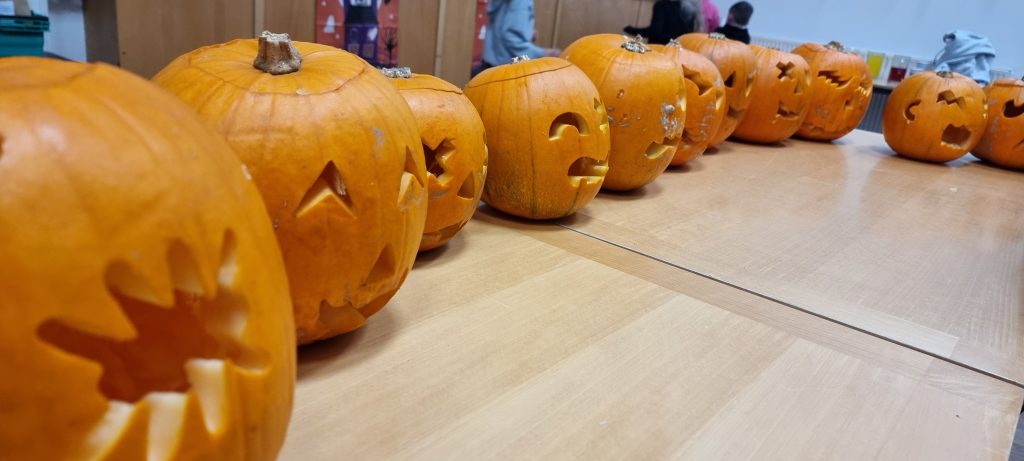
Harvest Festival Events
What an amazing day at BRAG Enterprises’ Scarecrow-Making event! 🌾
Nine fantastic scarecrows were created by some very talented children. Huge thanks to D Farrell Windows and Homes for providing the timber and to everyone who helped stuff the scarecrows with straw and bring them to life!
The kids had a blast drawing faces on their creations and proudly took them home—some even riding the bus with their new scarecrow friends!
A big thank you to everyone who joined in the fun and made it such a memorable event! 😊
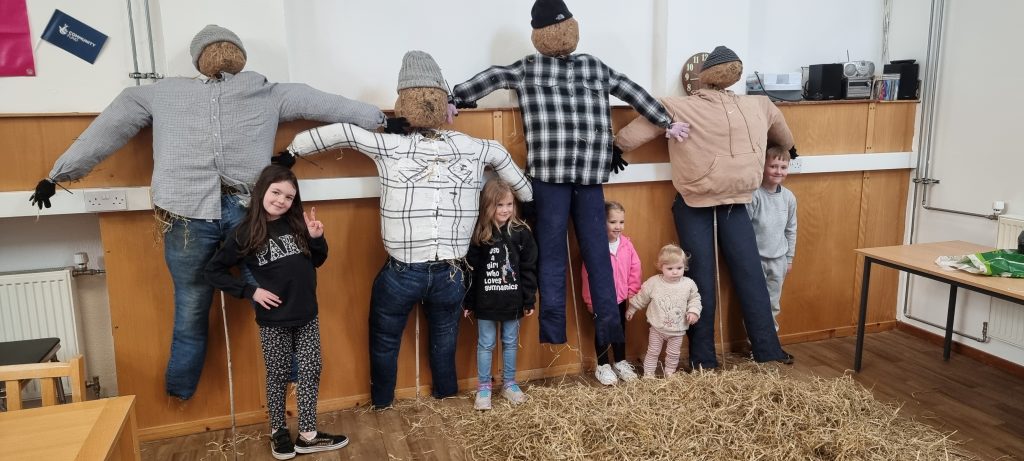
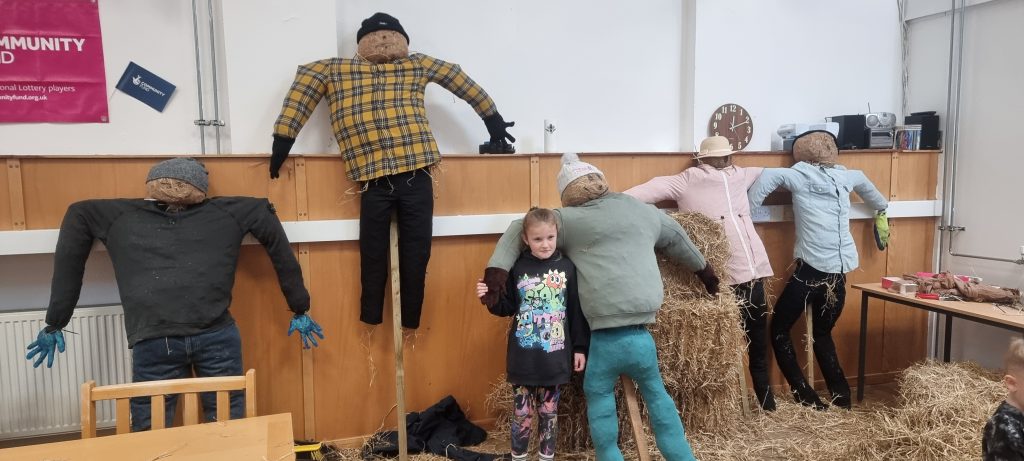
Harvest Time!
Starting in June didn’t hold us back! The harvest at Brag’s Community Garden was absolutely bountiful. We gathered a vibrant array of tomatoes, beans, courgettes, gem squash, butternut, and more. Plus, we’ve got plenty of seedlings prepped and ready for the cold season. We’ve also collected lots of seeds from some of the lettuce, chard and kale.
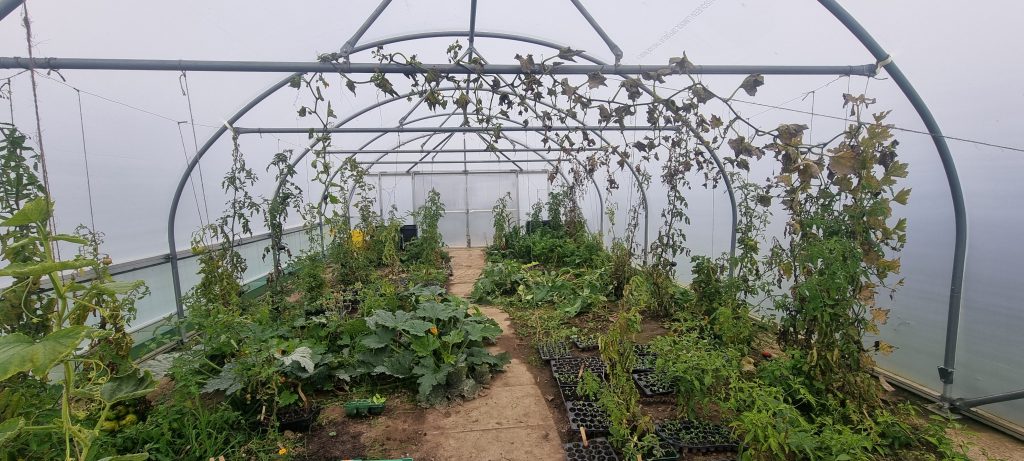
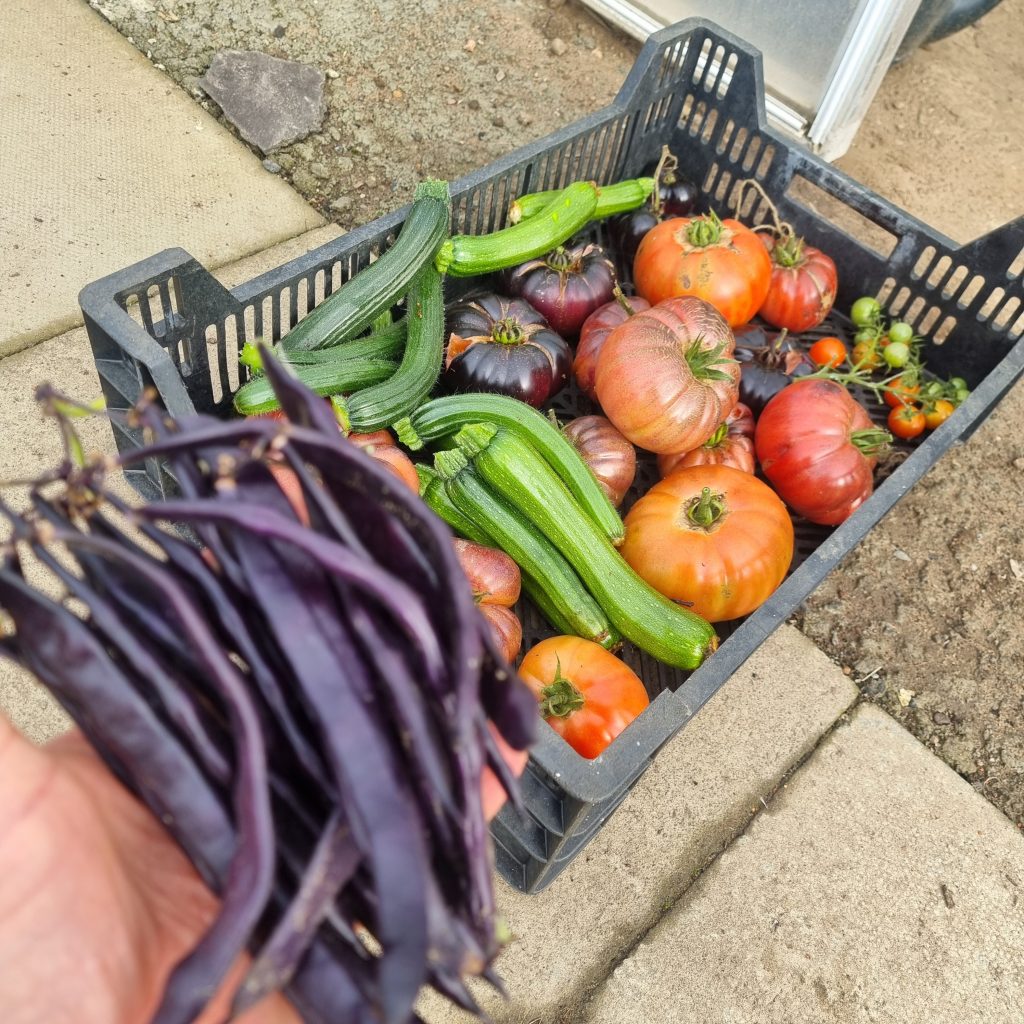
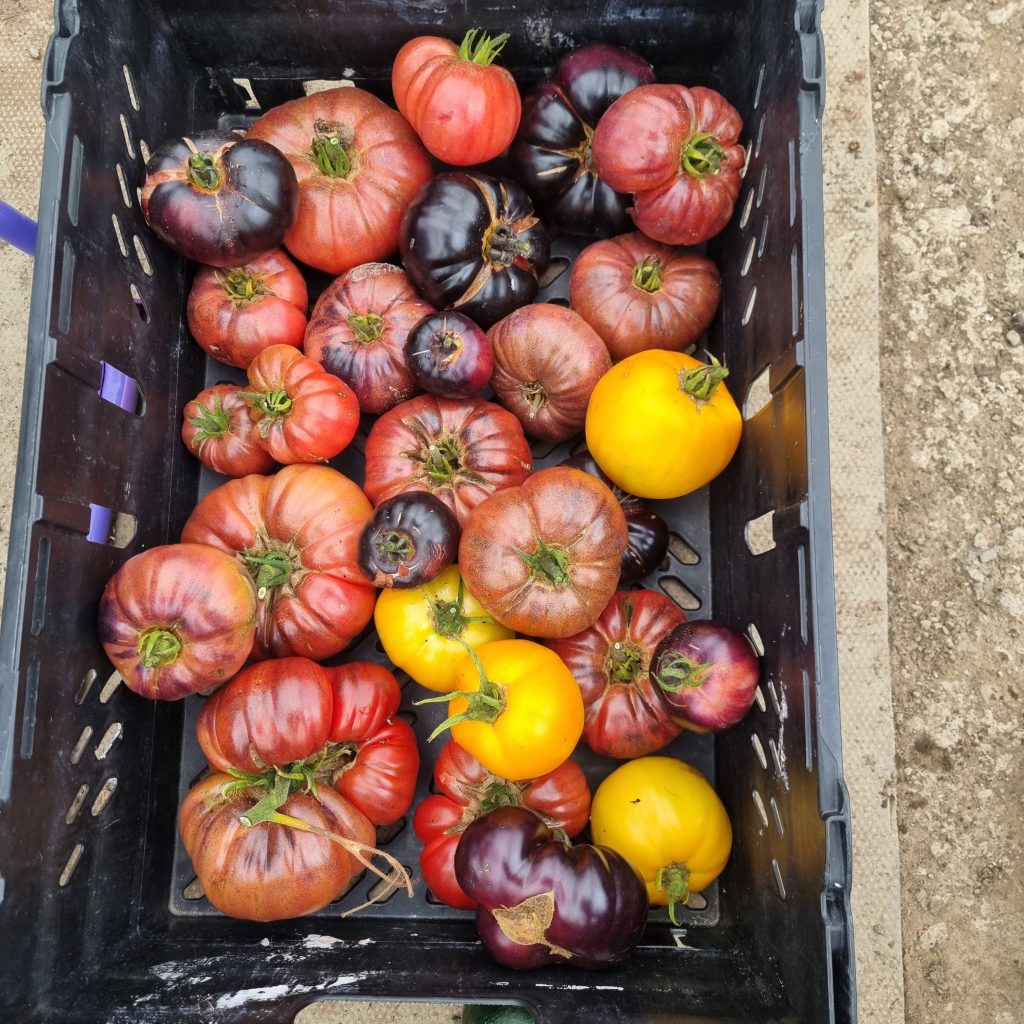
Charles Dowding
A month ago, I never would have imagined meeting Charles Dowding. Yet, through a series of serendipitous connections, I not only met him but had the chance to interview him. Having followed Charles’ no-dig gardening methods for decades, he’s been a constant source of inspiration for me and countless gardeners worldwide. I’ll admit, I was worried I might be too starstruck to speak, but he was so welcoming and genuinely curious. “Are you a writer?” he asked. I confessed that I’m really just a gardener. His response? “Fantastic! Tell me what you do.” And from there, we had an engaging, insightful conversation that felt more like chatting with an old friend than meeting an idol.

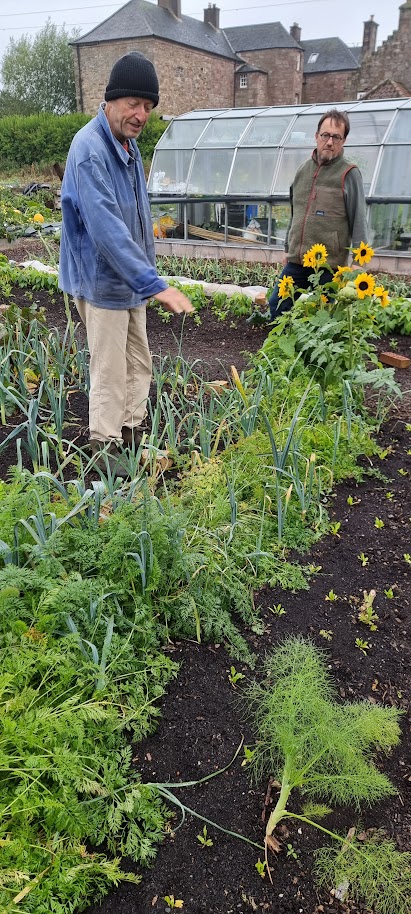
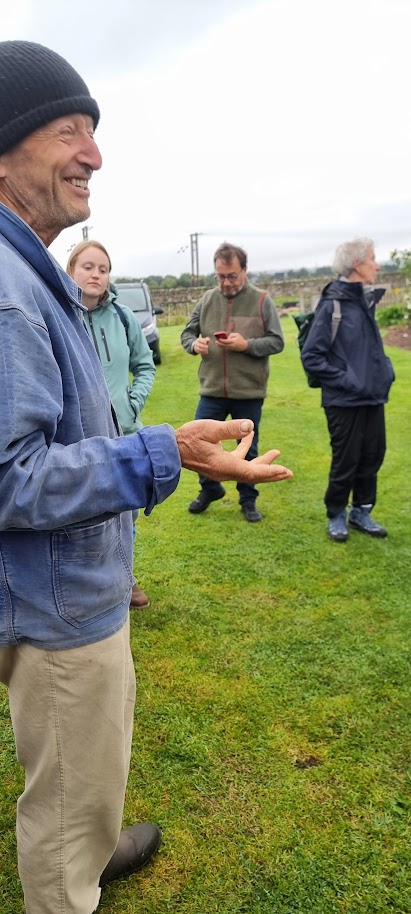
To my surprise and delight, Charles has also awarded me a bursary to continue my work with schools. I’ll be heading back to Inverkeithing High School soon and installing two raised beds in Ayr. I’ve already had the pleasure of teaching a class at Touch Primary School, and the support from Charles has inspired me to explore further funding opportunities. Schools are often too stretched for time and resources to bring in gardeners on their own, but with the right support, I hope to continue this rewarding work.
This is the link to the article I wrote for Bite Magazine.
Stay tuned for more updates!
Its been busy over the summer!
There has been lots going on:
Inverkeithing High School garden has raised beds planted up, a pond and plants growing in the poly tunnel.
Carron Primary had a great term including a project with RHET growing potatoes
Fife Young Carers have four raised beds, the children made from pallets and planted up with vegetables
Brag’s Garden is doing well, with the polytunnel overflowing with produce
Please have a look at our facebook page or instagram feed for more photos
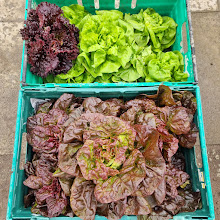
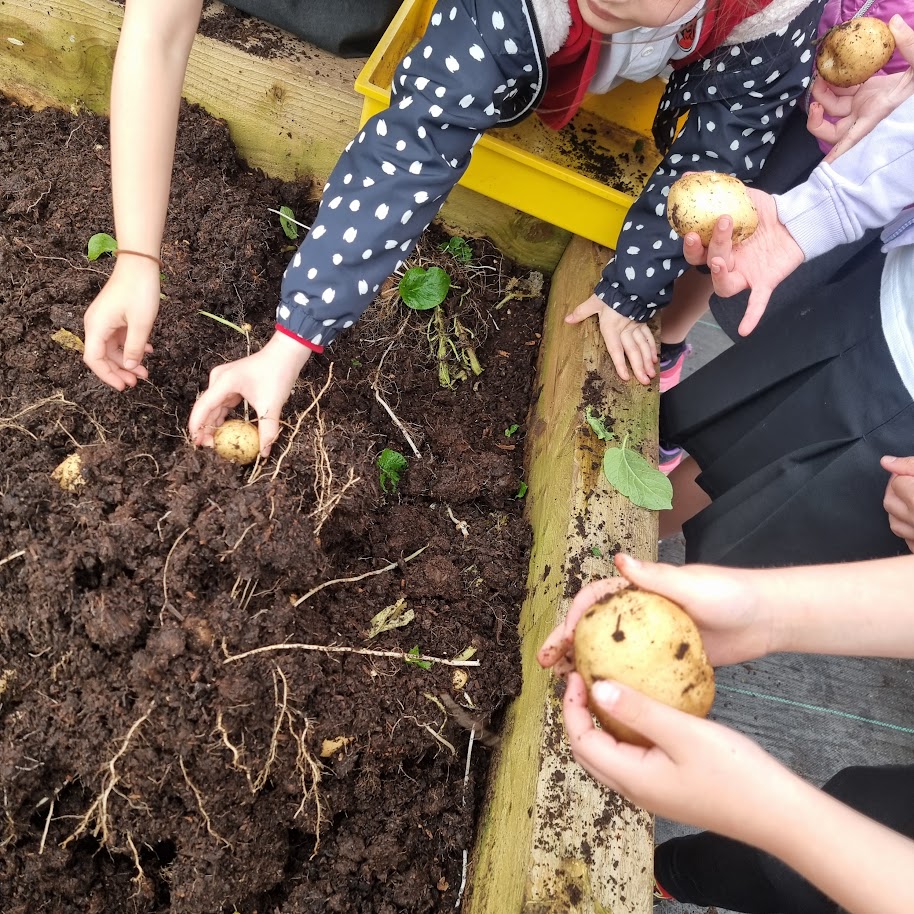
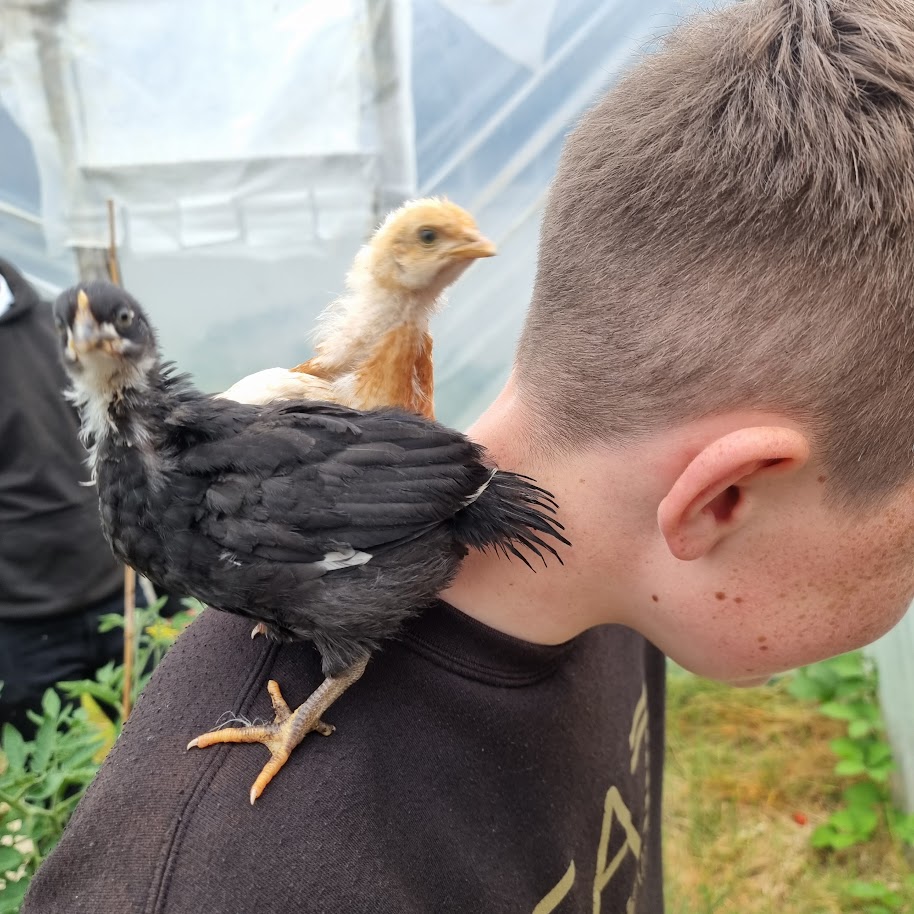
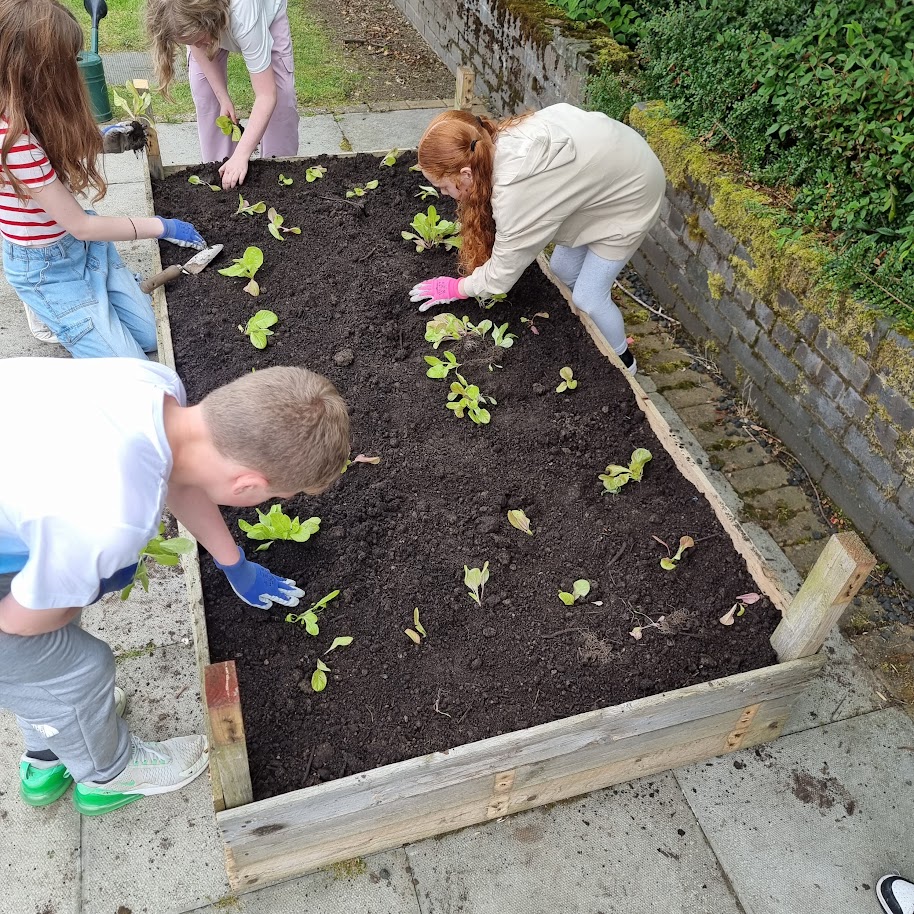
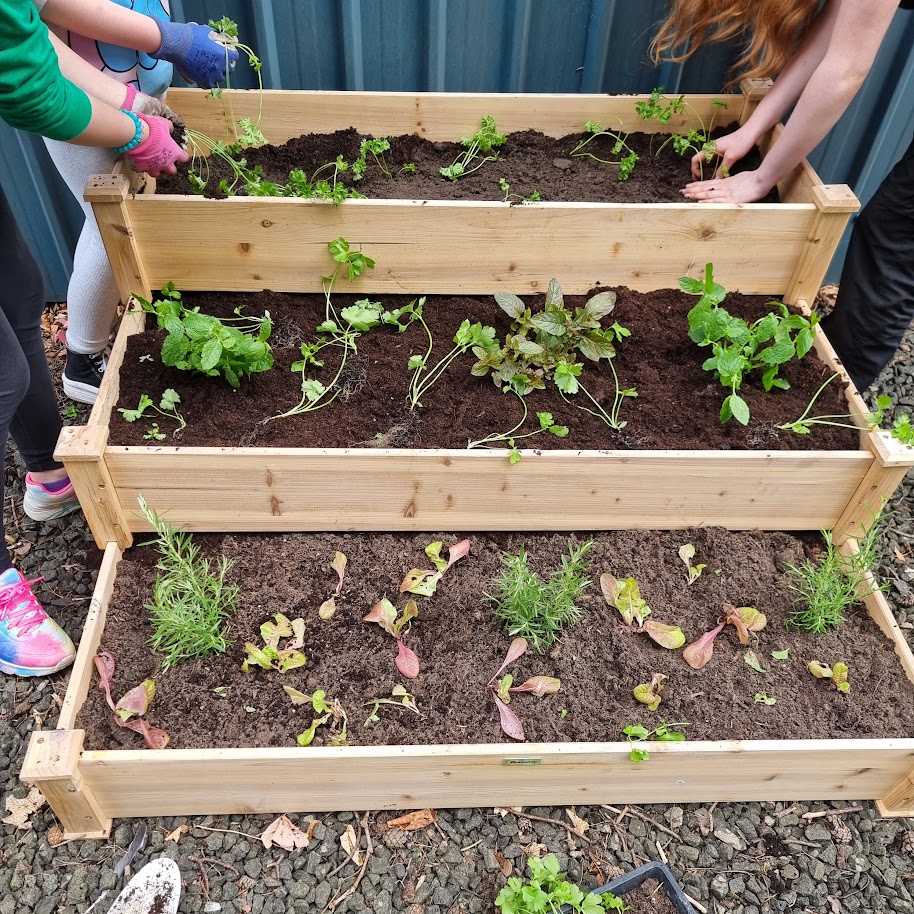
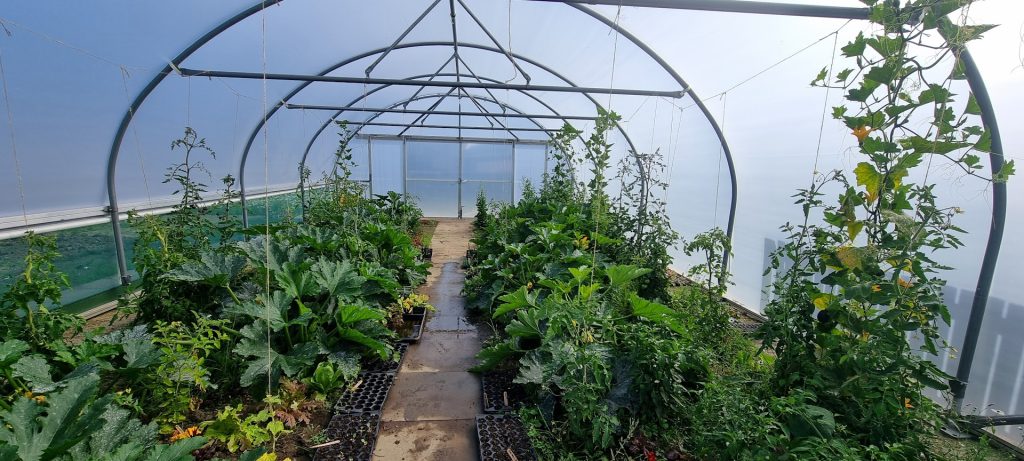
Busy over Easter Holidays
After 8 fulfilling sessions, Bring the Brood has come to a close. It’s been an incredible journey, witnessing the children’s growing confidence in the kitchen. Parents have shared heartwarming feedback about their children’s newfound enthusiasm for cooking. I’m grateful for the seamless teamwork among Fife Council, Community Use, and the school staff, handling every challenge with agility.
Post-equinox, our hens have gone into overdrive with egg-laying, thanks to the roll-away egg box that’s curbed egg consumption. Additionally, we’re delighted to have donated two hens to Eats Rosyth following the loss of one of their own.
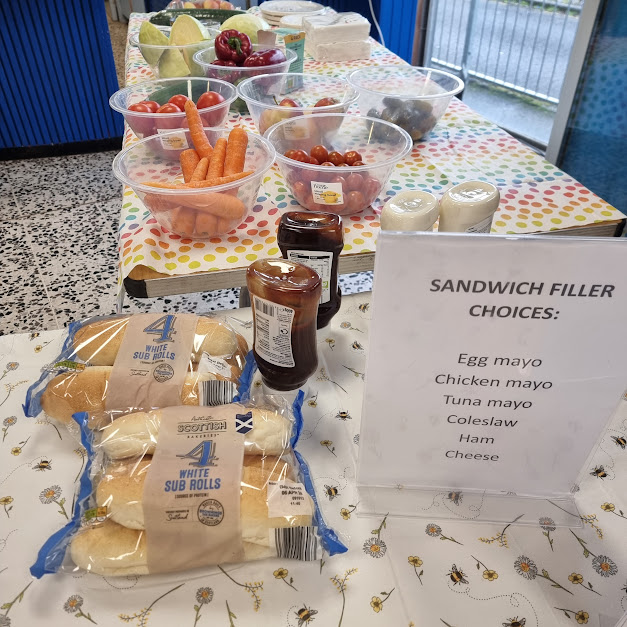
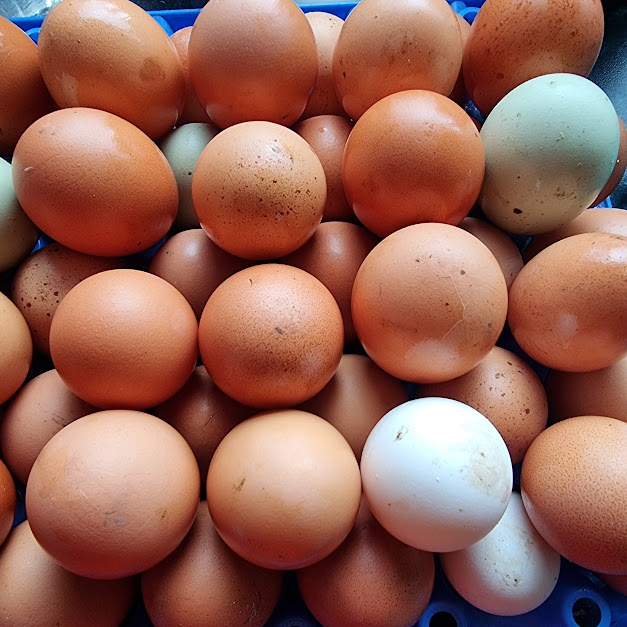
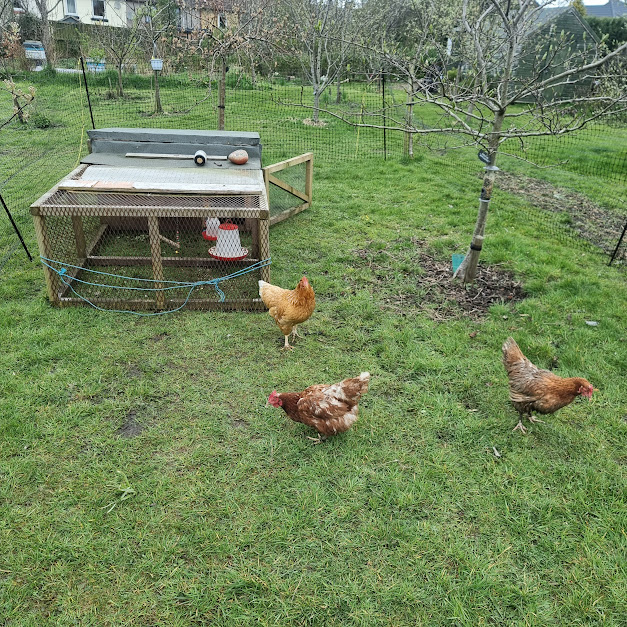
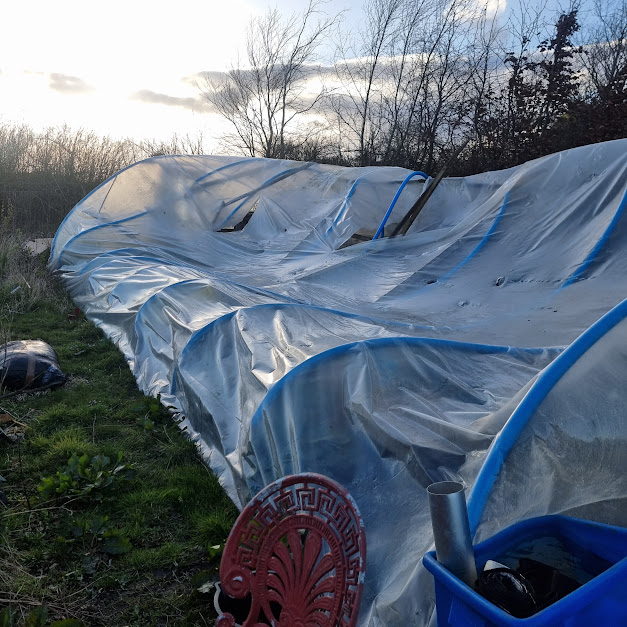
The unfortunate fate of our polytunnel—damaged by storms Isha and Kathleen—has led to its disassembly. It was a challenging moment, the first time I entertained thoughts of giving up, albeit fleetingly.
Potting up seedlings
The students in P4, P5, P6 and P7 at Carron Primary School potted up seedlings in the warm polytunnel. Baby chicks kept the class entertained while I worked with groups of five students taking seedlings and potting them into modules.
Mice have been munching on pea seedlings so we planted another 400 pea seeds, in the hope a few will be missed by the mice.
I was asked “if chickens are vegetarian and we ate a chicken, are we vegetarian?” The view the class was interesting, and made for an interesting conversation about vegetarianism.
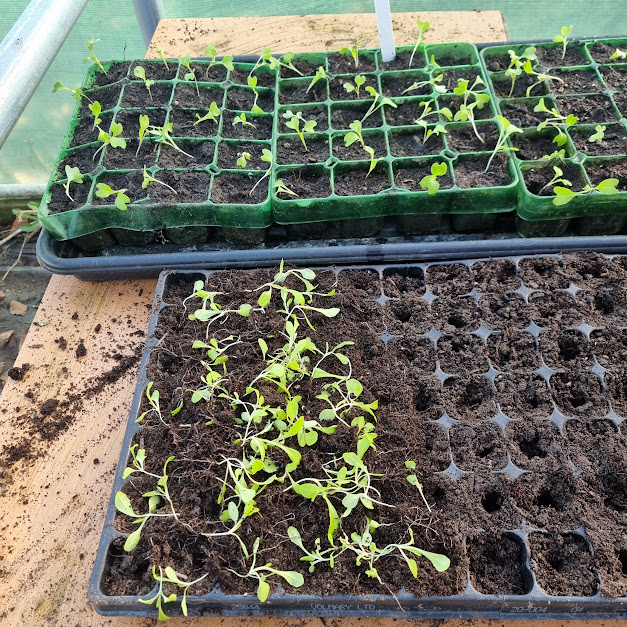
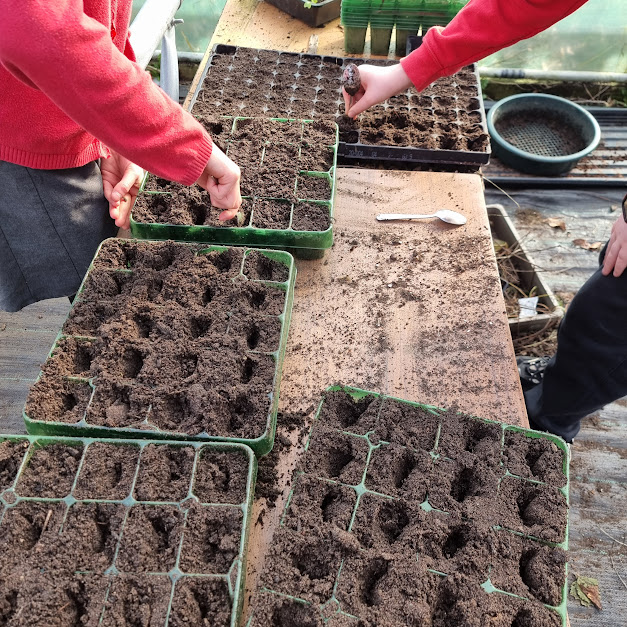
Bring the Brood
This is an project run by Fife Council to encourage families to cook from scratch, improve diets and health.
Week 4 was ‘rice week’ where cooked rice (microwave rice) was used in a pan with recipes that called for tinned vegetables, tuna and or eggs to be added. It’s super quick, nutritious and easy to make.
We had 28 participants split over two sessions with children’s ages ranging from preschool to high school. Most tried a taste of more than one of the recipes after they were cooked and the feedback was really positive.
The events were busy, as participants chose one of four recipes listed, and ingredients were provided and cooking advice given to each of the five workstations.
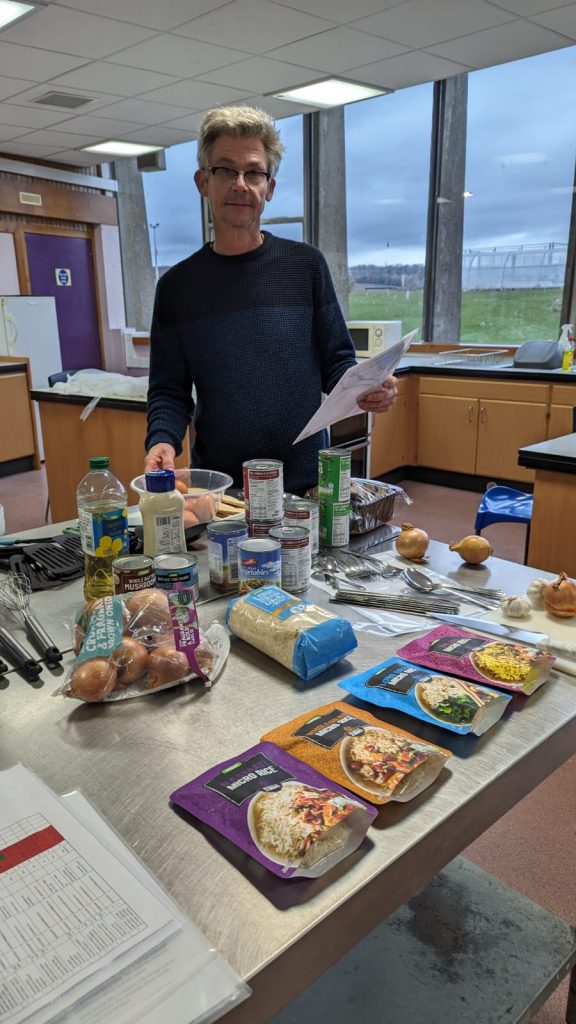
Thank you to Fife Council, Inverkeithing High School Community Use and Inverkeithing High school and their staff.
The Polytunnel is back up after the storm Isha.
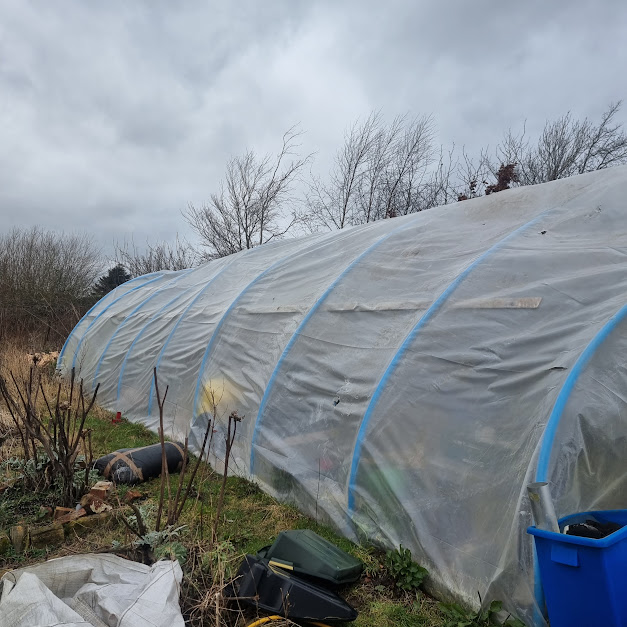
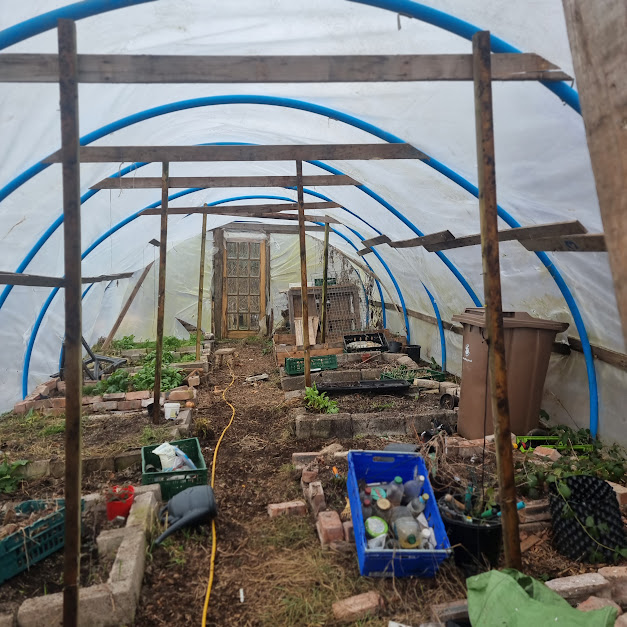
A couple of hours work with Steve, and the poly tunnel is back up again. I really appreciated his help, banter and the satisfaction when it was all back up. It’s not pretty but it’s a working tunnel.
It has lifted my spirits as it did when it was rebuilt after Storm Arwen. There are thoughts of putting straps and additional guy ropes to strengthen the structure over winter.
We are having a volunteer day on Saturday 24th Feb from 2:00-4:00pm to tidy and clear up. If you can make it, you’re welcome.
Uno y Dos
We have two baby chicks from seven eggs and they are going to be part of the school visits.
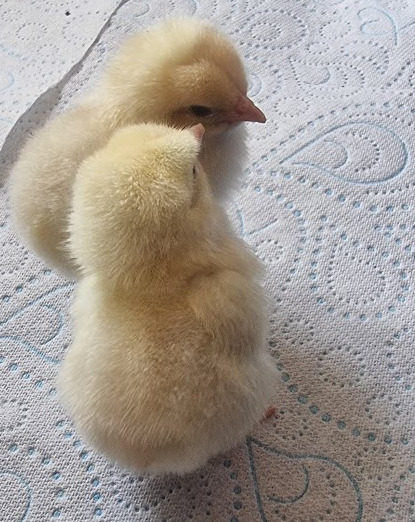
A total of four chicks hatched but two did not make it, it’s a wee shame. ‘Don’t count your chicks before they hatch’
If you’re thinking of incubating eggs, consider that you will learn the harsh realities of life and death. It’s mostly a celebration of life and that it’s a real miracle.
